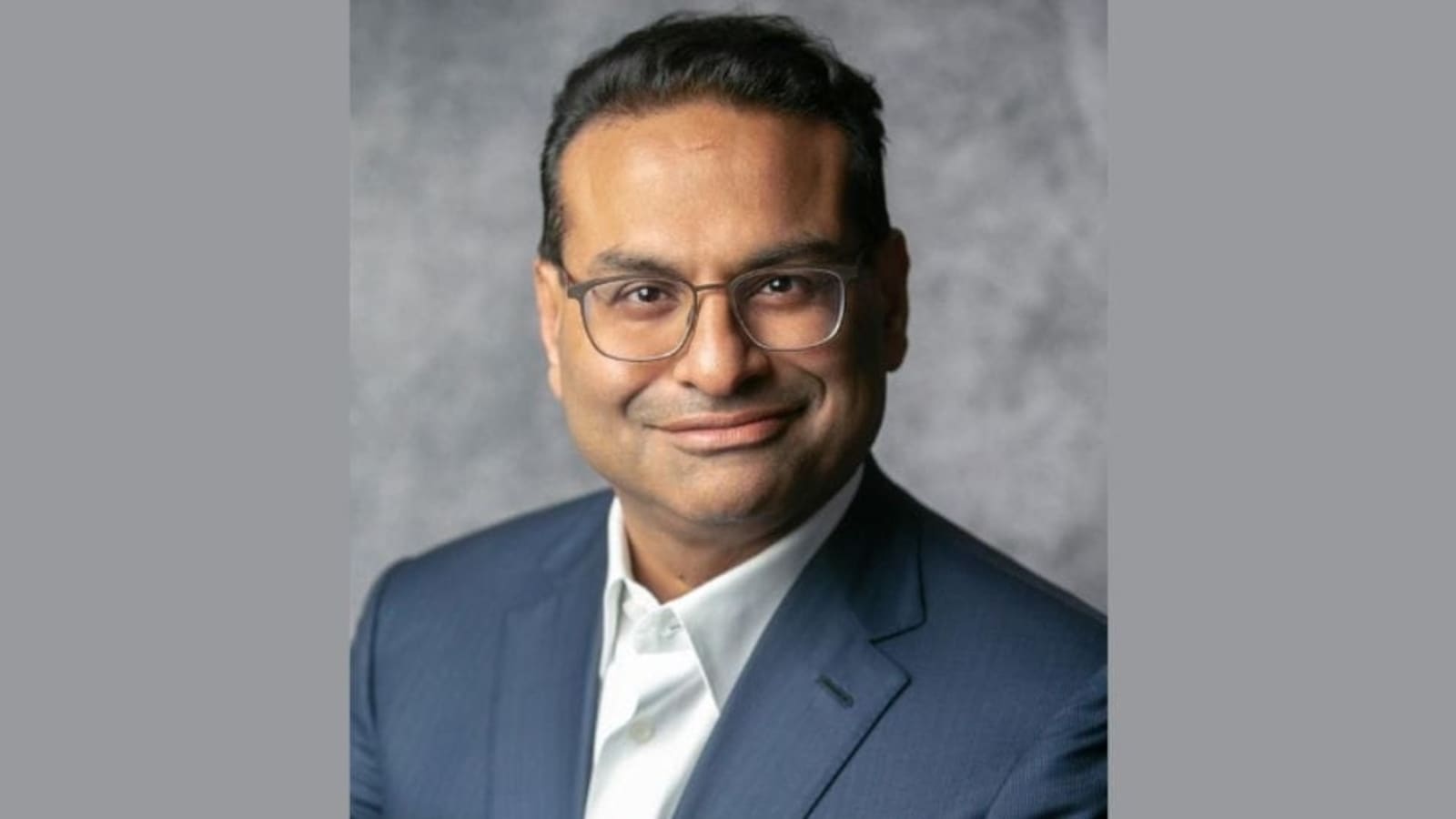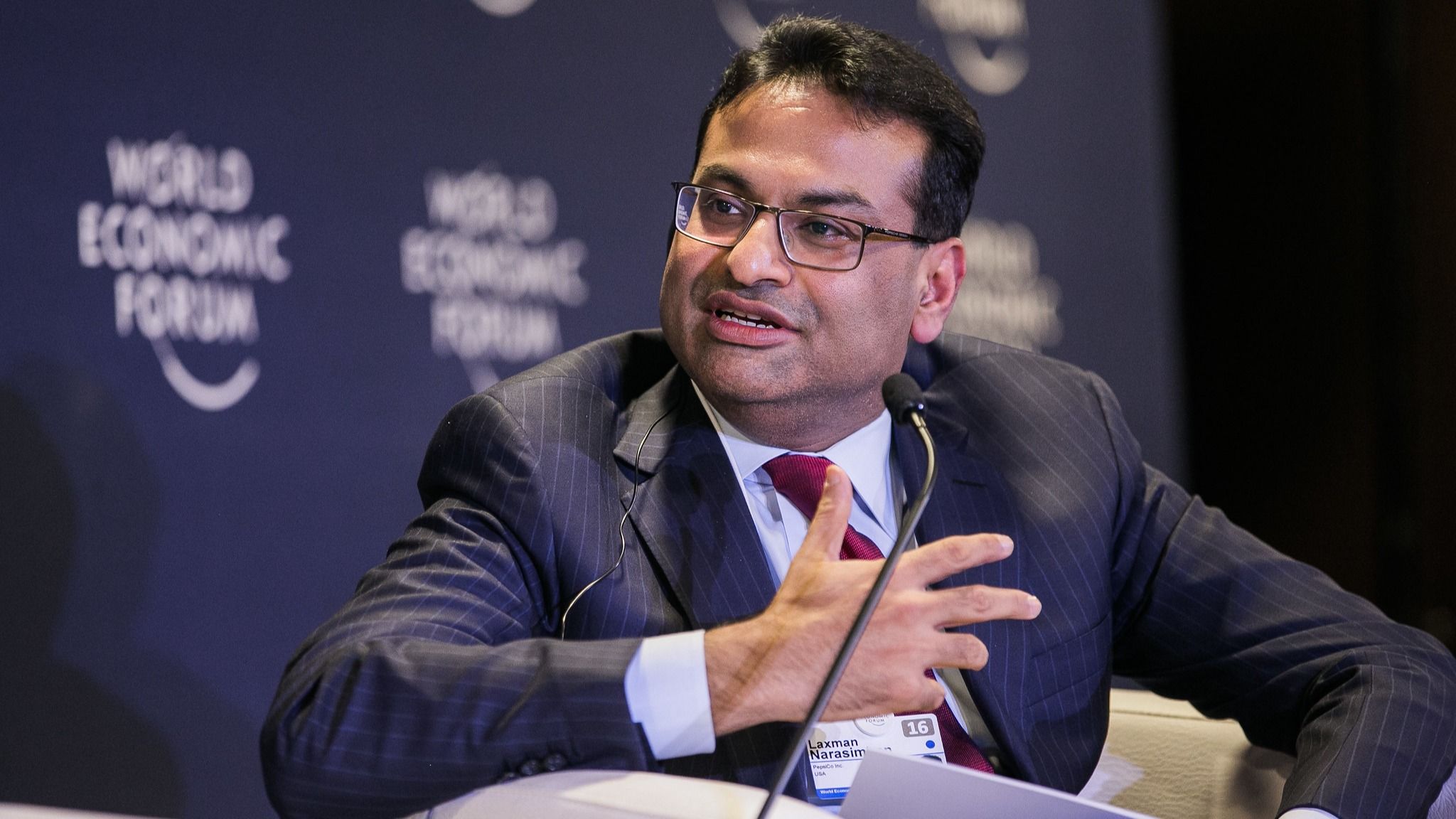Laxman Narasimhan’s Career Trajectory
/shethepeople/media/media_files/R52oQKHWHlkwHmejoAEK.png)
Laxman Narasimhan’s career path showcases a consistent trajectory of leadership roles in global consumer goods companies, marked by a focus on innovation, strategic thinking, and driving growth. His journey, spanning over two decades, has been characterized by a blend of operational expertise, market understanding, and a keen eye for identifying and capitalizing on emerging trends. This journey has ultimately led him to the helm of Starbucks, one of the world’s most recognizable brands.
Career Progression at PepsiCo
Narasimhan’s career began at PepsiCo, where he gained foundational experience in the fast-paced world of consumer goods. His initial roles involved marketing and sales, providing him with a deep understanding of consumer behavior and market dynamics. This period was instrumental in shaping his analytical and strategic thinking, laying the groundwork for his future leadership roles.
- He joined PepsiCo in 1999, initially working on the Quaker Oats brand. This early experience exposed him to the complexities of brand management, consumer insights, and strategic marketing.
- Narasimhan’s early roles at PepsiCo saw him climb the ranks, taking on increasing responsibilities. He played a pivotal role in the launch of new products and managing existing brands, gaining valuable experience in brand building and market penetration.
- His time at PepsiCo was marked by his involvement in key initiatives like the development of new product lines and the expansion of existing brands into new markets. This experience honed his skills in market analysis, strategic planning, and execution.
Career Progression at Reckitt Benckiser
In 2012, Narasimhan made a significant career move, joining Reckitt Benckiser as Chief Strategy Officer. This transition marked a shift towards a more strategic and global leadership role. At Reckitt Benckiser, he played a key role in shaping the company’s growth strategy and navigating the complexities of a global consumer goods market.
- Narasimhan’s leadership at Reckitt Benckiser was characterized by his focus on innovation and driving organic growth. He spearheaded the development of new product categories and the expansion of existing brands into new markets.
- He played a crucial role in the acquisition of Mead Johnson Nutrition, a major player in the infant formula market, further expanding Reckitt Benckiser’s global footprint and product portfolio.
- Narasimhan’s strategic vision and leadership were instrumental in driving Reckitt Benckiser’s growth trajectory, solidifying his reputation as a transformative leader in the consumer goods sector.
Career Progression at Starbucks
In 2019, Narasimhan joined Starbucks as Chief Operating Officer, marking his entry into the world of coffee and a return to a focus on the North American market. His role at Starbucks was focused on operational excellence, driving growth, and enhancing the customer experience.
- Narasimhan’s appointment as COO was seen as a strategic move by Starbucks to bolster its operational capabilities and enhance its customer experience.
- He played a crucial role in navigating the challenges posed by the COVID-19 pandemic, implementing new safety protocols and adapting to changing consumer behavior.
- Narasimhan’s leadership during this turbulent period showcased his ability to adapt to changing circumstances and lead through challenging times.
Leadership Style and Impact on Starbucks

Laxman Narasimhan’s leadership style and impact on Starbucks’ performance can be analyzed through his strategic vision, customer-centric approach, and focus on innovation and sustainability. His tenure has seen a renewed emphasis on digital transformation, operational efficiency, and a commitment to ethical sourcing and environmental responsibility.
Key Initiatives and Strategies
Narasimhan’s leadership has been marked by several key initiatives and strategies that have aimed to revitalize Starbucks’ growth and enhance its brand image.
- Digital Transformation: Narasimhan has accelerated Starbucks’ digital transformation efforts, focusing on enhancing the mobile ordering and payment experience, introducing new digital platforms, and leveraging data analytics to personalize customer interactions.
- Operational Efficiency: Narasimhan has emphasized operational efficiency through initiatives such as streamlining supply chains, optimizing store layouts, and improving employee training programs.
- Customer Experience: Narasimhan has prioritized enhancing the customer experience by focusing on personalized offerings, creating a welcoming atmosphere in stores, and ensuring consistent service quality.
- Innovation: Narasimhan has encouraged innovation in product development, introducing new beverages and food items, and exploring emerging technologies to enhance the Starbucks experience.
- Sustainability: Narasimhan has made sustainability a core pillar of Starbucks’ operations, promoting ethical sourcing of coffee beans, reducing environmental impact, and supporting local communities.
Vision for the Future
Narasimhan’s vision for Starbucks’ future emphasizes continued innovation, a commitment to customer experience, and a focus on sustainability. He envisions a Starbucks that is a leading innovator in the coffee industry, delivering personalized experiences through digital platforms and innovative product offerings. He also aims to build a more sustainable and ethical business model, ensuring the long-term viability of Starbucks and its positive impact on communities worldwide.
“We want to be the leading innovator in the coffee industry, delivering personalized experiences through digital platforms and innovative product offerings. We also want to build a more sustainable and ethical business model, ensuring the long-term viability of Starbucks and its positive impact on communities worldwide.” – Laxman Narasimhan, CEO of Starbucks
Challenges and Opportunities Facing Starbucks

Starbucks, despite its global dominance, faces a dynamic and competitive landscape. Navigating this terrain requires a keen understanding of emerging challenges and opportunities. This section will explore the key factors impacting Starbucks’ future success, focusing on the strategic implications for Laxman Narasimhan’s leadership.
Competition in the Coffee Industry
The coffee industry is highly competitive, with numerous established players and emerging brands vying for market share. Starbucks faces stiff competition from both large multinational corporations like McDonald’s and Dunkin’ Donuts, as well as smaller, independent coffee shops emphasizing specialty roasts and unique experiences.
- Price Competition: Starbucks often faces price competition from lower-priced alternatives, particularly in value-oriented segments.
- Innovation and Product Differentiation: Competitors are constantly innovating with new beverage offerings, brewing methods, and customer experiences, requiring Starbucks to maintain its edge in product development and differentiation.
- Digital and Mobile Ordering: The rise of digital ordering and mobile payment platforms has significantly impacted the coffee industry, pushing Starbucks to adapt its technology and customer engagement strategies.
Economic Uncertainty and Consumer Spending
Economic uncertainty and fluctuations in consumer spending present significant challenges for Starbucks. Recessions and economic downturns can impact consumer discretionary spending, potentially leading to reduced coffee consumption and visits to Starbucks stores.
- Inflation and Rising Costs: Inflation and rising costs of raw materials, labor, and energy can impact Starbucks’ profitability and necessitate price adjustments.
- Changing Consumer Preferences: Consumer preferences are evolving, with increasing demand for healthier and more sustainable options. Starbucks must adapt its menu and sourcing practices to meet these changing needs.
Opportunities for Growth and Expansion, Laxman narasimhan
Despite the challenges, Starbucks has significant opportunities for growth and expansion. The company can leverage its brand recognition, global reach, and operational expertise to capitalize on emerging markets and consumer trends.
- Emerging Markets: Starbucks has significant potential for growth in emerging markets like China, India, and Southeast Asia. These regions offer large and growing consumer bases with increasing disposable incomes.
- New Product Offerings: Starbucks can continue to innovate with new beverage offerings, including plant-based alternatives, cold brew variations, and unique flavor combinations. Expanding into new product categories, such as food items or merchandise, can also drive revenue growth.
- Digital and Mobile Expansion: Starbucks can further enhance its digital and mobile offerings, leveraging technology to personalize customer experiences, streamline ordering, and provide loyalty programs.
Strategic Implications for Laxman Narasimhan’s Leadership
The challenges and opportunities facing Starbucks demand a strategic and innovative approach from Laxman Narasimhan. His leadership will be critical in navigating these complexities and ensuring Starbucks’ continued success.
- Maintaining Competitive Advantage: Narasimhan must focus on maintaining Starbucks’ competitive advantage by investing in innovation, product differentiation, and customer experience.
- Managing Costs and Profitability: Narasimhan will need to manage costs effectively, particularly in the face of inflation and economic uncertainty, while ensuring Starbucks’ profitability.
- Expanding into Emerging Markets: Narasimhan must strategically expand into emerging markets, adapting Starbucks’ offerings and operations to local preferences and cultural nuances.
- Leveraging Technology and Digital Strategies: Narasimhan should prioritize leveraging technology and digital strategies to enhance customer experiences, streamline operations, and drive growth.
- Embracing Sustainability and Social Responsibility: Narasimhan must continue to emphasize sustainability and social responsibility in Starbucks’ operations, aligning with evolving consumer values and expectations.
Laxman Narasimhan, the new CEO of Starbucks, faces the challenge of revitalizing the coffee giant. He’s likely looking to learn from the success stories of other food and beverage chains, such as starbucks chipotle , which has managed to maintain a loyal customer base and strong brand identity.
Narasimhan’s experience with PepsiCo and his focus on innovation will be crucial in his efforts to navigate Starbucks through the competitive landscape.
Laxman Narasimhan, a seasoned executive with a global perspective, has a long and distinguished career in the business world. He’s known for his strategic vision and ability to drive growth in complex environments. As ceo laxman narasimhan , he is leading Starbucks through a period of transformation, focusing on enhancing the customer experience and expanding the brand’s reach.
Narasimhan’s leadership style is characterized by his commitment to collaboration and his passion for creating a positive impact on the world.